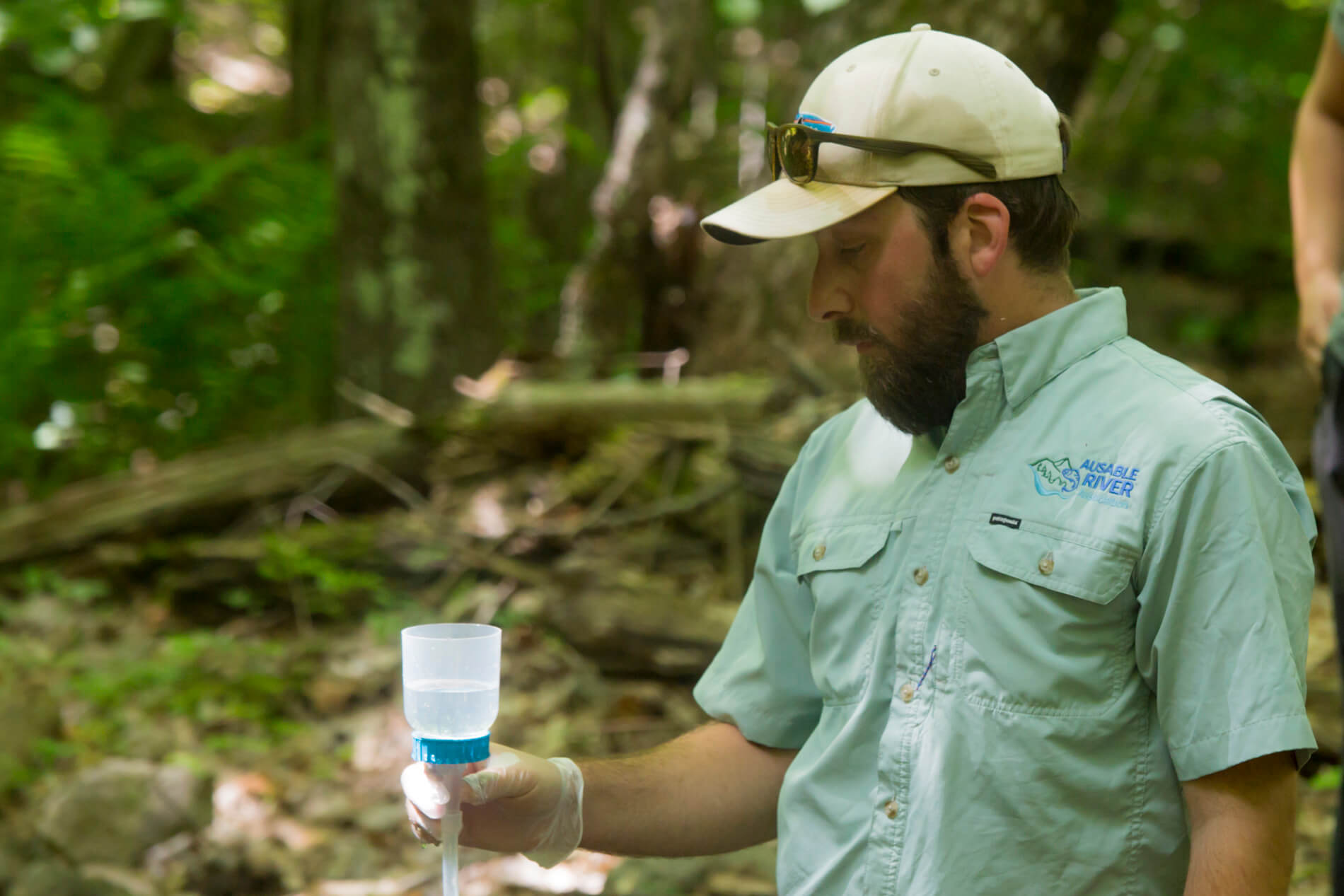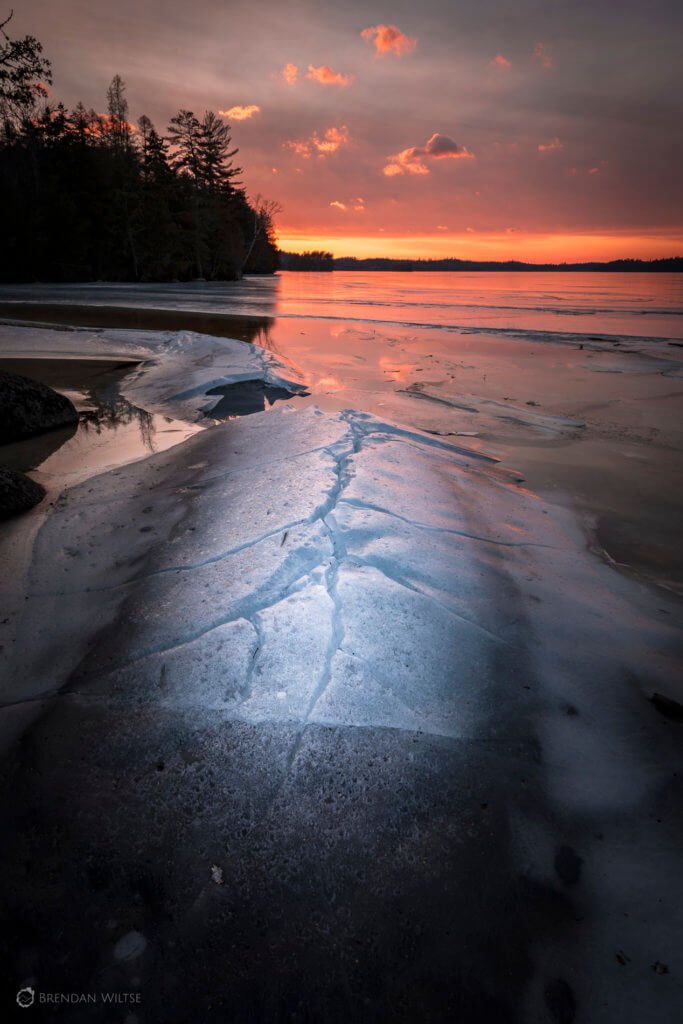Below is a Q&A with landscape photographer Brendan Wiltse, who lives in the Adirondacks. Wiltse’s photography of the Northern Forest Canoe Trail will be featured on our Instagram account in March.

Tell us about your background?
My day job is the Science & Stewardship Director for the Ausable River Association. I conduct research and monitoring on Adirondack lakes to inform how best to conserve these valuable waterbodies. My primary research areas are road salt, climate change, and the use of environmental-DNA to map the distribution of fish and other aquatic organisms. I am also a conservation photographer and work with non-profits to capture images and tell stories to advance conservation efforts.
Why have you chosen landscape photography as a medium?
Landscape photography offers a way to connect people to wild landscapes and nature. It is important that people have connections to these places so that they will care enough to act to be good stewards of them. Landscape photography has the added benefit of getting me out into these places on a regular basis.
Who are some photographers who have influenced your work?
As cliche as it is, Ansel Adams. As a kid in high school, I remember reading “Ansel Adams: Letters, 1916-1984” and felt much the way he did about the natural world in his early days as a photographer. He was also a strong advocate for the protection of wild lands, and his images proved influential in many conservation efforts.
You are currently working on a project to photograph Alpine summits. Could you tell us about that work?
I worked as an Adirondack High Peaks Summit Steward for three seasons while in college. When looking for a conservation project that could benefit from photography I was naturally drawn to this subject. I’ve focused on taking detailed photos of the small fragile alpine plants found on New York’s highest summits. The photos are challenging to capture because they use a technique called focus stacking, where a series of images are combined to achieve greater depth of field. When shooting these photos it is important that the subject not move much, which one would think wouldn’t be a problem for a plant. In reality, alpine plants move around quite a bit due to the constant, and at times strong, winds on the summits. The photos have been used to raise awareness of this ecosystem and help the Adirondack Mountain Club raise funds to support it.
Where can people find out more about your photography?
You can find me on Facebook, Instagram, and Twitter or visit my website, www.brendanwiltse.com.
